Blog
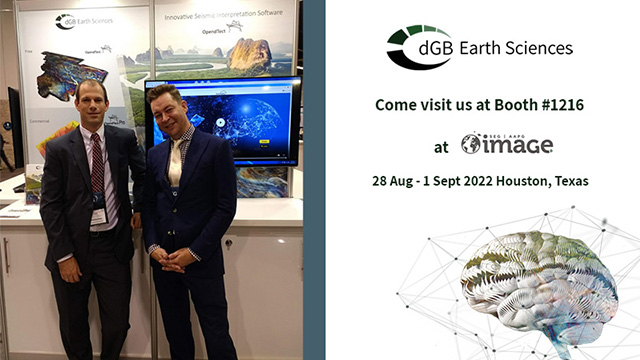
dGB Earth Sciences at IMAGE 2022 - Houston
- Written by: Marieke van Hout
Come see us at this year's International Meeting of Applied Geoscience and Energy August 28th - September 1st, 2022 in Houston Texas Booth #1216
Kristoffer Rimaila and Nanne Hemstra will present live demos on the latest developments in OpendTect. They will also showcase version 7, which will be released later this year.
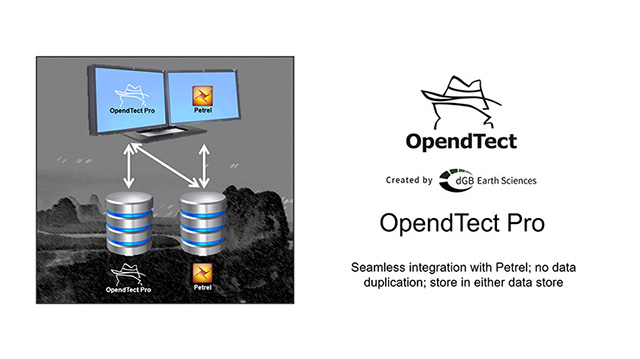
OpendTect Pro and Petrel - a direct and seamless connection
- Written by: Marieke van Hout
Free webinar Thursday 25 August - 4pm CET
In this webinar we will demonstrate how you can use OpendTect functionality directly in Petrel or how you can copy data across if you don't want to tie the Petrel license.
Read more: OpendTect Pro and Petrel - a direct and seamless connection

Training and consultancy from dGB Earth Sciences leading experts
- Written by: Kristoffer Rimaila
Did you know that in addition to creating great software, the dGB team also offers services in the form of software training, project management and execution as well as consultancy services. If you have a tough nut to crack, we’d love to hear from you!
Read more: Training and consultancy from dGB Earth Sciences leading experts
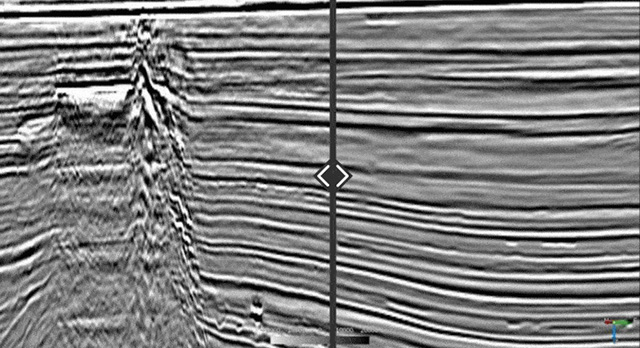
Machine Learning: Lundin GeoLab SimpleDenoise
- Written by: Marieke van Hout
This week we want to show you an example of the 4th Lundin model 'Lundin_GeoLab_SimpleDenoise". We believe this model is applicable to almost all datasets. Unlike the AJAX model, the SimpleDenoise model preserves the amplitude - frequency content. It only removes random noise.
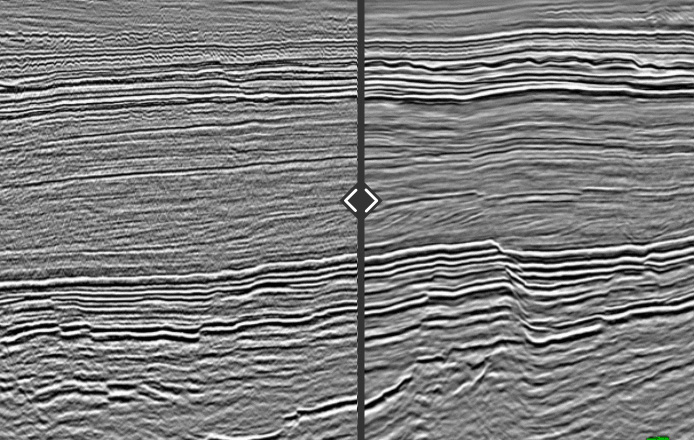
AJAX, an ML model to enhance the visual quality and interpretability of 3D seismic
- Written by: Marieke van Hout
This is the third and last post in our series on trained Machine Learning models developed by Lundin GeoLab that are released in OpendTect’s Machine Learning library. Two weeks ago, we presented SimpleHmult, a model to attenuate horizontal multiples. In last week’s post we showed an example of the application of Desmile, a model to remove migration smiles.
Read more: AJAX, an ML model to enhance the visual quality and interpretability of 3D seismic
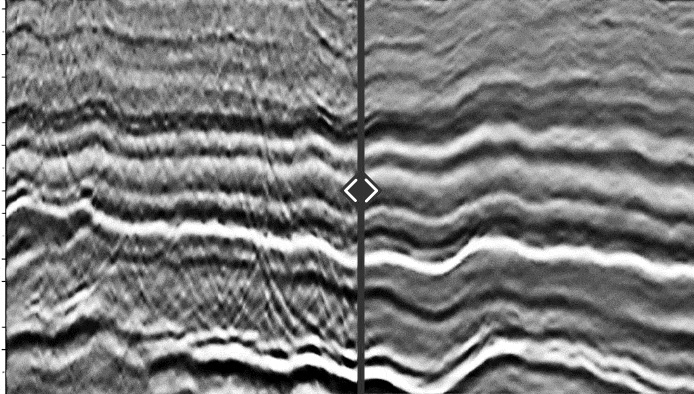
Desmile; another pearl in OpendTect’s library of pre-trained Machine Learning models
- Written by: Marieke van Hout
Last week we proudly announced the release of four stunning, pre-trained models from Lundin GeoLab in OpendTect’s Machine Learning solution. In last week’s blog post, we showed an example of one of these models: SimpleHmult, a 3D Unet model that attenuates horizontal multiples.
Read more: Desmile; another pearl in OpendTect’s library of pre-trained Machine Learning models
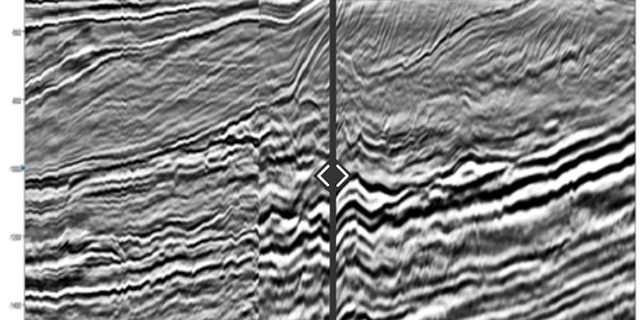
Sharing Trained Machine Learning Models is Redefining our Modus Operandi
- Written by: Marieke van Hout
As of version 6.6.8, OpendTect’s library of pre-trained models boasts 4 spectaculair seismic enhancement models developed by Lundin’s GeoLab R&D group:
- Desmile: This model removes steeply dipping noise and smile artefacts
- SimpleHmult: Attenuates horizontal multiples
- AJAX: Enhances the visual quality and interpretability
- SimpleDeNoise: Removes “salt & pepper / jitter” noise.
Read more: Sharing Trained Machine Learning Models is Redefining our Modus Operandi
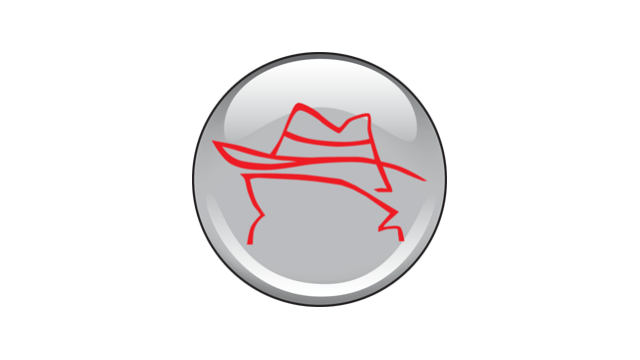
OpendTect patch release 6.6.8
- Written by: Arnaud HucK
Dear OpendTect Users,
We have made a patch release for our latest stable version: OpendTect 6.6.8, which is now available for installation/update.

PyTorch added as development environment in OpendTect
- Written by: David Markus
With the addition of the Machine Learning Professional plug-in, OpendTect development is further extended by allowing Python as an additional development environment. Starting from within OpendTect, a Python shell, or integrated development environment (IDE), can be launched, and one with direct access to the OpendTect-Python link, libraries and data structures that are a pre-requisite to further research and development. An advantage of Python is its flexibility, and the ability to add new tools and libraries from the command line, so, even this environment can be easily customized with additional analytics libraries. Recently we have added extended support for PyTorch, on top of our already extensive Tensorflow/Keras and scikit-learn support.
Read more: PyTorch added as development environment in OpendTect